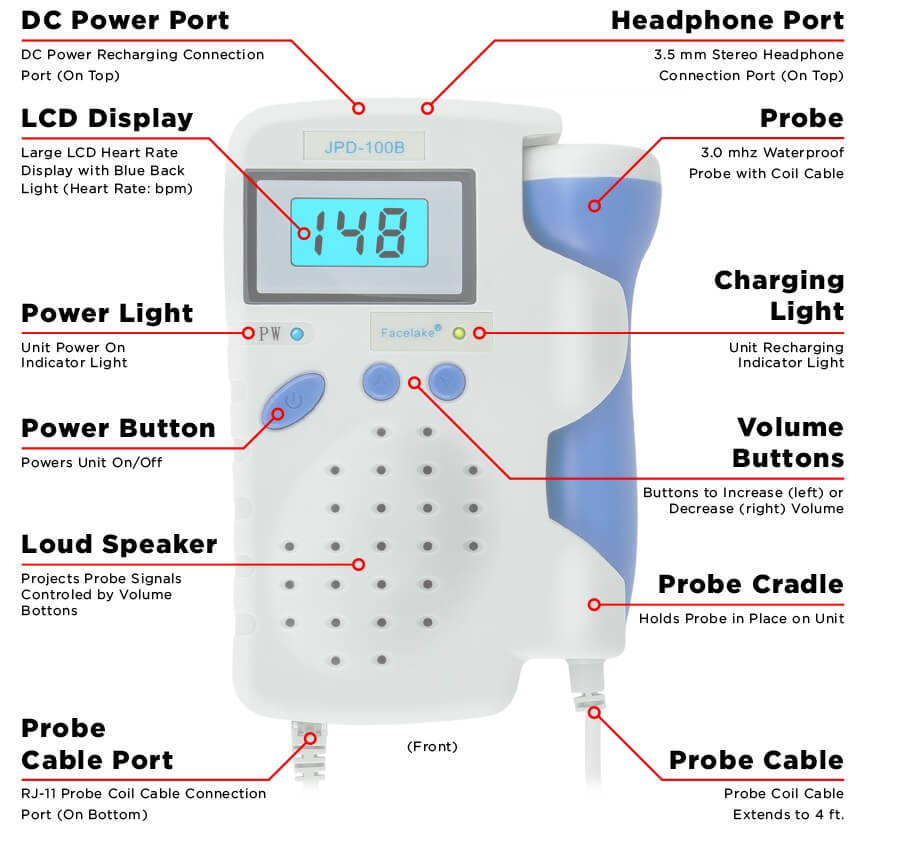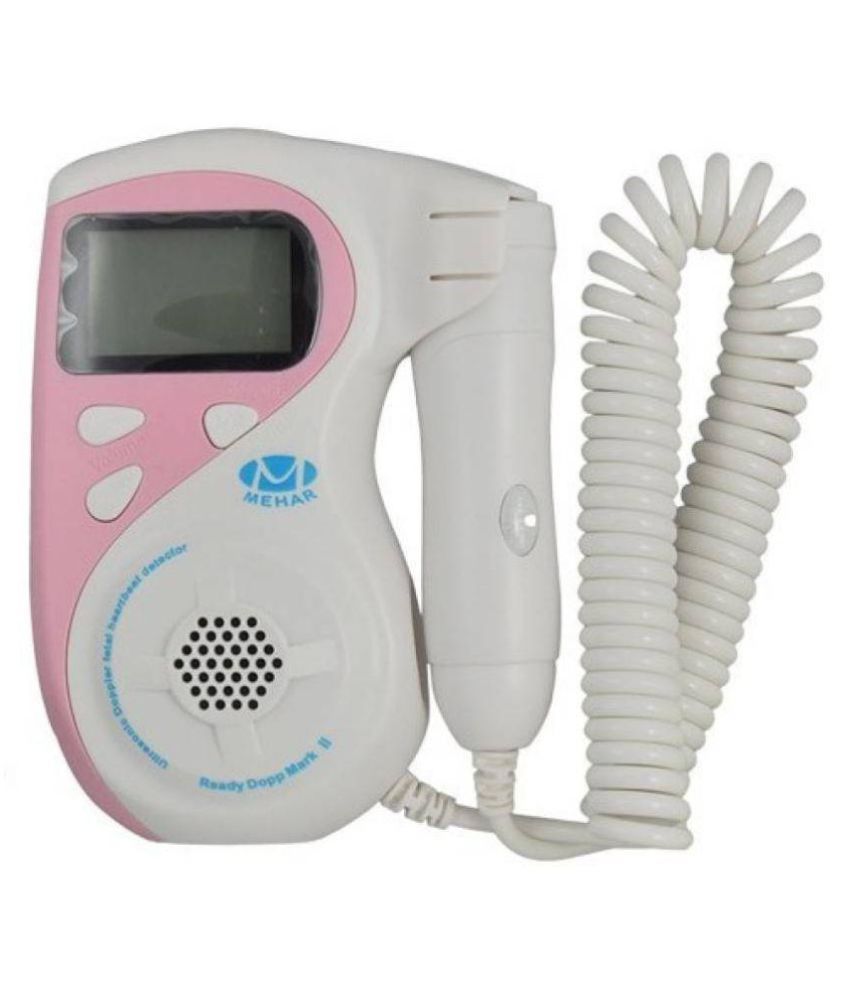

The effectiveness of fetal Doppler to identify pregnant women at high risk for term SB and neonatal deaths needs further study on a larger sample size. Integration of fetal Doppler with routine third-trimester antenatal scans can help identify pregnant women at high risk for late SB. The AUROC of Doppler measures was excellent for late SB but did not show discriminatory ability for term SB or neonatal deaths. Mean UtA PI, umbilical artery PI, MCA PI, and CPR were significantly associated with late SB and not term SB. An abnormal Doppler study was significantly associated with late stillbirths (OR 37.2, 95% CI: 2.05, 674) but not with term SB (OR: 3.38, 95% CI: 0.76, 15) or neonatal deaths (OR 1.39, 95% CI: 0.40, 4.87). Screening of 1,326 pregnant women in the third trimester of pregnancy between September 2019 and February 2022, identified 308 (23.23%) abnormal Doppler studies, 11 (0.83%) SB, and 11 (0.84%) neonatal deaths. Parameters of diagnostic effectiveness such as sensitivity, specificity, positive and negative predictive values and likelihood ratios, diagnostic odds ratio, and the area under receiver operator characteristic (AUROC) curve were assessed. Neonatal death was defined as the demise of a live-born baby within the first 28 days of life. Late stillbirth (SB) was defined as a fetal loss between 28 and 36 gestation weeks and the term SB was defined as a fetal loss at ≥ 37 gestation weeks.

The results of the fetal Doppler study closest to childbirth were considered for analysis. The mean uterine artery (UtA) pulsatility index (PI) > 95th percentile, umbilical artery PI > 95th percentile, middle cerebral artery (MCA) PI < 5th percentile, and/or cerebroplacental ratio (CPR) < 5th percentile in the third trimester fetal Doppler study was considered as abnormal. To determine the diagnostic effectiveness of third-trimester fetal Doppler studies in pregnancy for stillbirths and neonatal mortality in the Samrakshan program of the Indian Radiological and Imaging Association (IRIA).


 0 kommentar(er)
0 kommentar(er)
